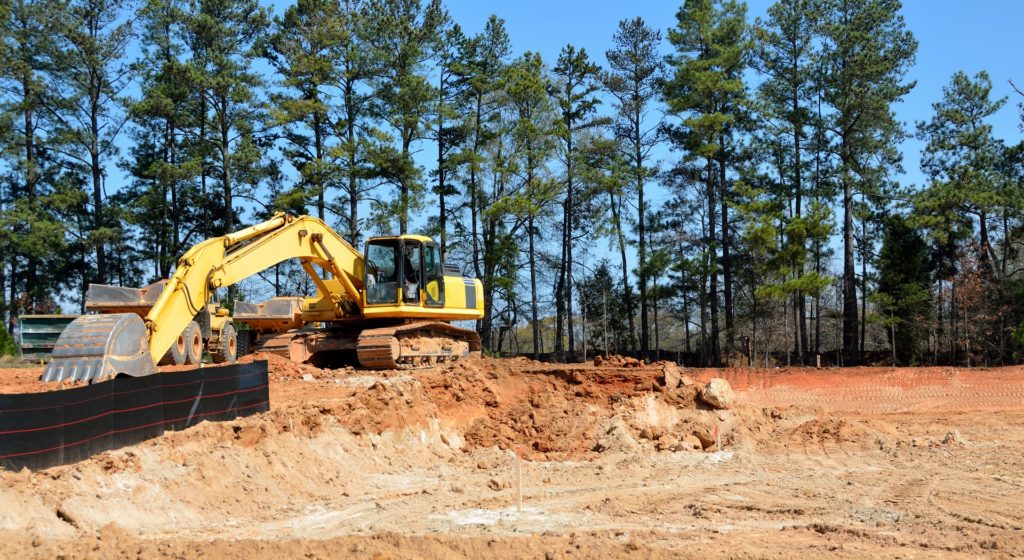Excavation is an essential step in any construction project, as it lays the foundation for the rest of the building process. Here are the key steps involved in the excavation process:
Site preparation
- Before any excavation work can begin, the construction site needs to be prepared. This involves clearing the site of any debris, trees, or other obstacles that may impede the excavation process. The site also needs to be marked out according to the plans to ensure the excavation is dug to the correct dimensions and in the right location.
Surveying
- The next step in the excavation process is to survey the site. This involves taking accurate measurements of the site and creating a topographical map to determine the contours of the land. This information is used to plan the excavation and to ensure that the site is level and stable.
Excavation
- The excavation process itself involves using heavy machinery, such as excavators, bulldozers, and backhoes, to dig out the soil and rock from the site. The depth and width of the excavation will depend on the building plans and the type of foundation that is being laid. Excavation may also involve removing any unwanted trees, rocks, or debris from the site.
Soil stabilization
- Once the excavation is complete, the soil may need to be stabilized to ensure that it is strong enough to support the weight of the building. This may involve adding gravel or other materials to improve the soil’s strength and stability.
Footings and foundations
- The next step in the excavation process is to create the footings and foundations for the building. This involves pouring concrete into the excavation site to create a solid base for the building. The concrete needs to be carefully leveled and smoothed to ensure that the building is stable and secure.
Backfilling
- After the footings and foundations have been poured, the excavation site is backfilled with soil. This helps to support the foundation and to prevent it from shifting or settling over time. The backfill needs to be carefully compacted to ensure that it is stable and will not shift or settle.
Grading
- The final step in the excavation process is grading the site. This involves shaping the soil around the building to create a sloping surface that will direct water away from the foundation. The grading also helps to create a level surface for landscaping and other outdoor features.
In summary, the excavation process is a critical step in the construction of any residential building. It involves site preparation, surveying, excavation, soil stabilization, footings and foundations, backfilling, and grading. By following these steps carefully and accurately, a general contractor can ensure that the excavation process is completed safely, efficiently, and to the highest quality standards.

